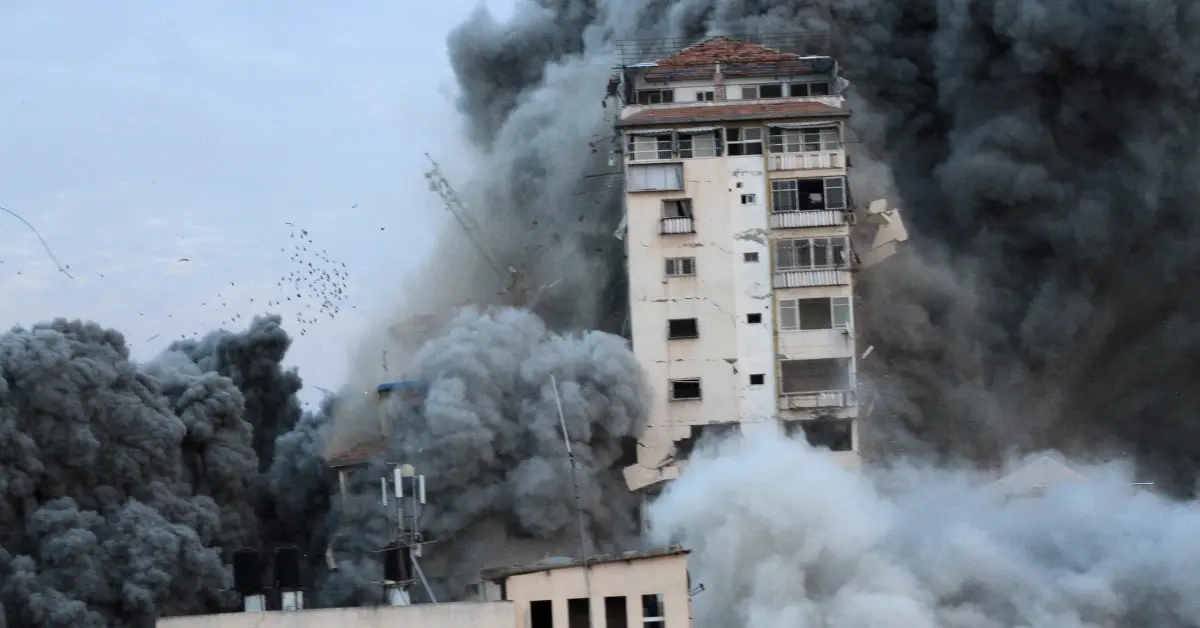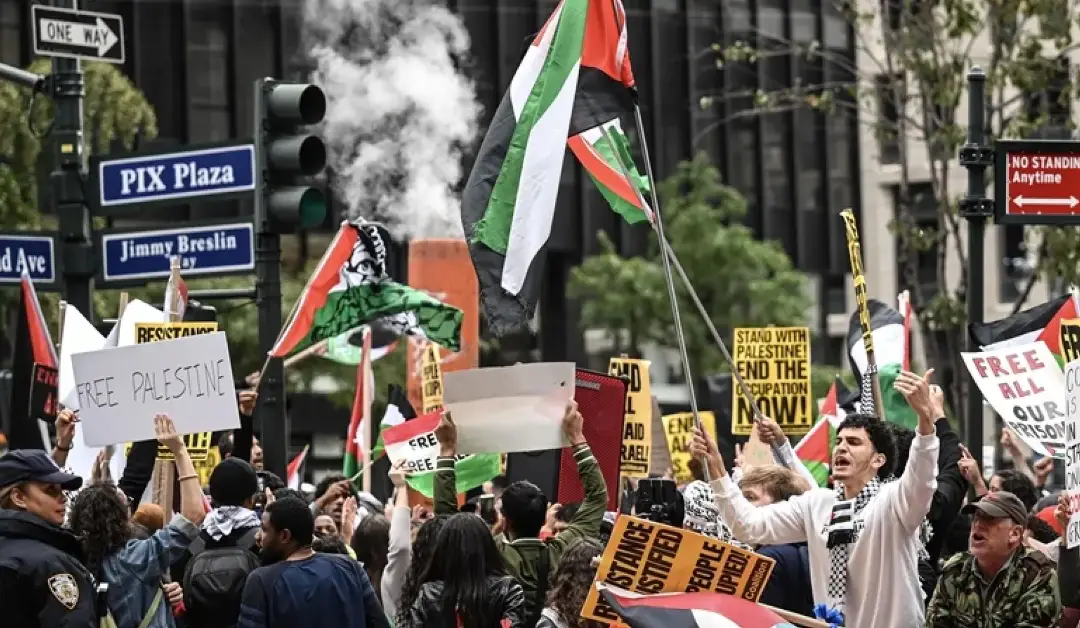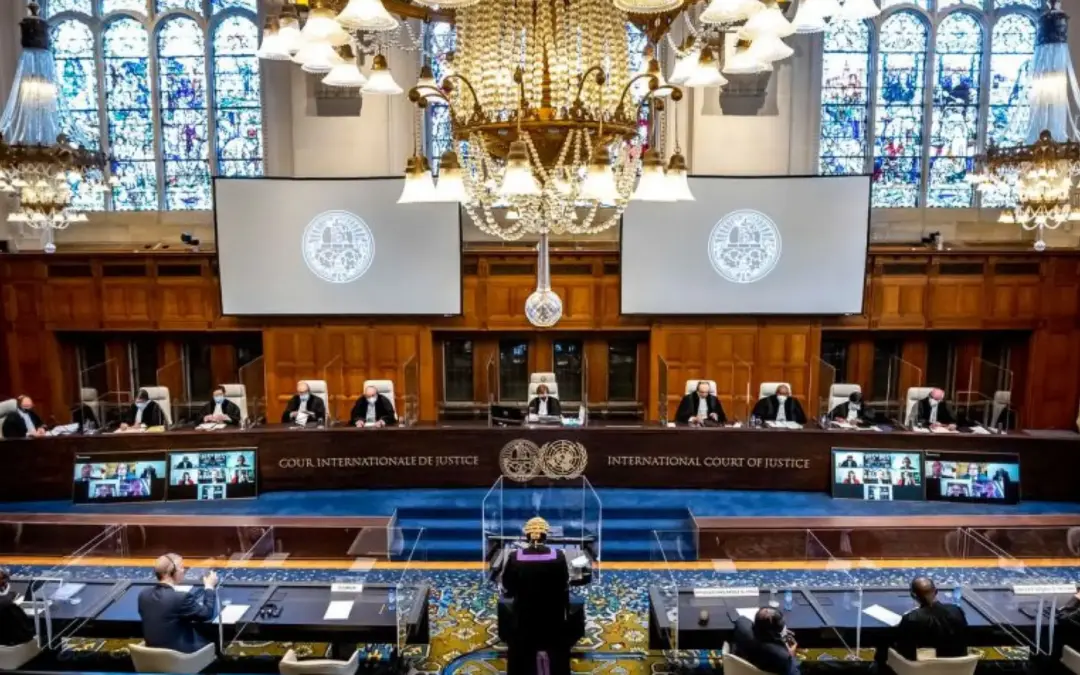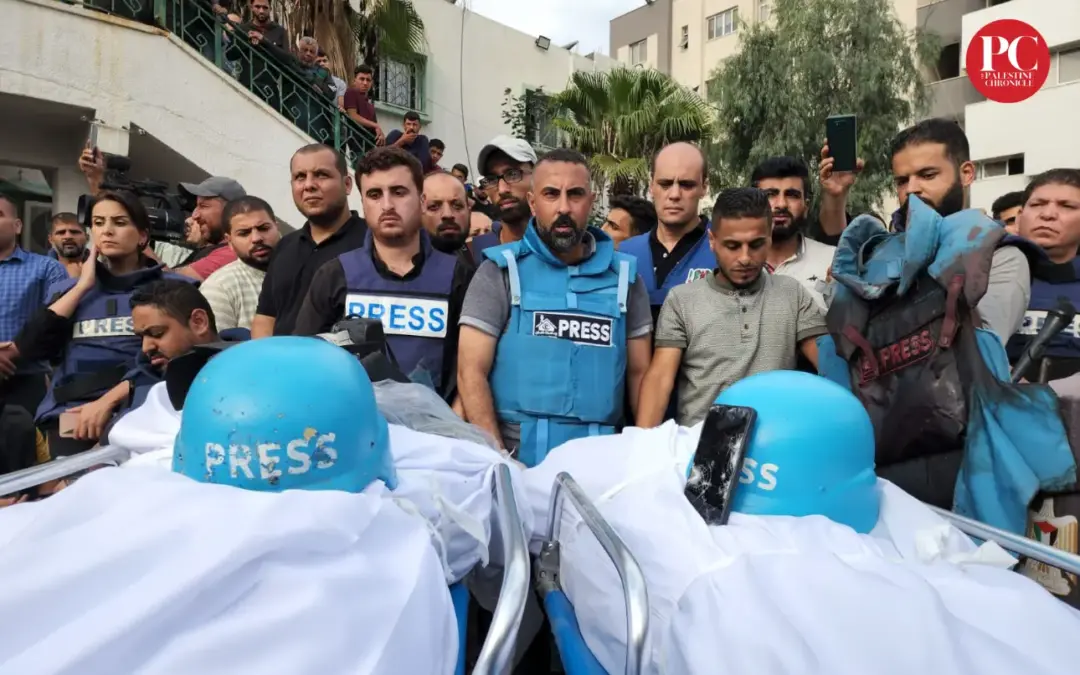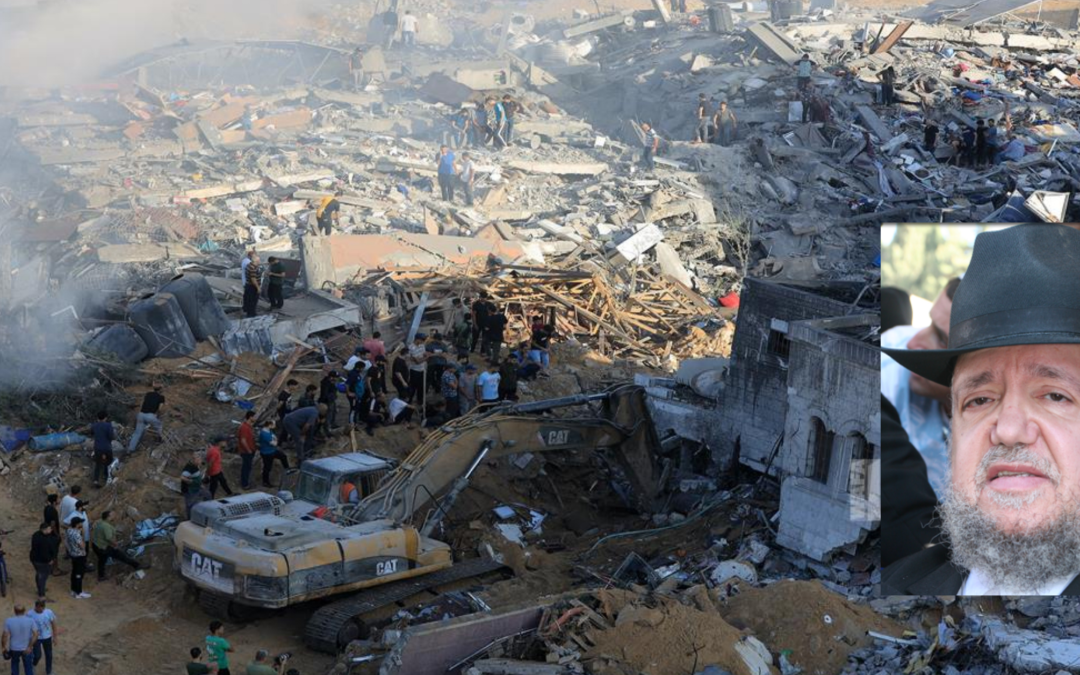The situation in Gaza has reached a dire state, described by one official as a “complete catastrophe.” With serious shortages of clean water and food, tens of thousands of Palestinians are trying to escape the devastating airstrikes and a looming Israeli ground offensive.
In the last week since the conflict erupted, the Palestinian Health Ministry reports a grim toll, with 2,670 civilians losing their lives and over 9,600 sustaining injuries. Tragically, 300 of those casualties occurred in the past 24 hours alone.
Israel’s military has announced its readiness for the next phase of the conflict, involving coordinated air, sea, and ground strikes. This comes in response to the unprecedented attacks by the Hamas militant group, which controls the Gaza Strip and initiated the conflict on October 7.
The recent violence has claimed the lives of at least 1,300 Israeli people, leading US President Joe Biden to characterize it as “the worst massacre of Jewish people since the Holocaust.”
The escalating conflict not only poses a significant threat to the people of Gaza but also has the potential to spill over regionally. As a deterrence measure against Iran and Iranian proxies, such as Hezbollah in Lebanon, the Pentagon has ordered a second carrier strike group and deployed squadrons of fighter jets to the region.
Time is running out for the residents who are evacuating from the northern areas of Gaza, as instructed by the Israeli military. More than half of Gaza’s 2 million residents inhabit the northern region, which has been designated for evacuation. Many of these families were already internally displaced, and they now find themselves in an even smaller area within the densely populated 140-square-mile territory.
Civilians are scrambling to leave, with some taking to cars, taxis, pickup trucks, and even donkey-pulled carts. The roads are congested with vehicles carrying suitcases and mattresses, while those with no other options are walking, carrying whatever they can.
Israel Defense Forces (IDF) spokesperson Lt. Col. Jonathan Conricus stressed that significant military operations would only commence once civilians have evacuated the area. He emphasized the urgency for Gazans to leave.
The past week has seen nearly 1 million Gazans forced from their homes due to the Hamas attack and the subsequent Israeli response, according to UNRWA, the UN agency that assists Palestinians.
While civilians attempt to flee, Israeli warplanes continue to target Gaza. Disturbing videos show explosions and casualties along evacuation routes, as tens of thousands of people heed the IDF’s advice to abandon their homes.
The destruction is visible along Salah Al-Deen street, a primary evacuation route, as documented in videos authenticated by multiple news agencies. These videos reveal bodies, including those of children, on a flat-bed trailer that seems to have been used to transport people away from Gaza City.
The IDF has denied its involvement in the strike on Salah Al-Deen street.
Multiple United Nations agencies have warned that mass evacuation under siege conditions will lead to a humanitarian disaster. The most vulnerable Gazans, including the sick, elderly, pregnant women, and disabled individuals, are unable to relocate. For several days, Israel has cut off access to electricity, food, and water for the Gaza population.
The United Nations’ Population Fund (UNFPA) has issued a dire warning about the situation faced by 50,000 pregnant women in Gaza, as the healthcare system in the enclave teeters on the brink of collapse. Among them, about 5,000 women are expected to give birth in the coming month, and some could face complications.
Calls for Israel to adhere to international rules of warfare and protect civilian lives, as well as refrain from targeting hospitals, schools, and clinics, are growing louder. In addition, the World Food Programme (WFP) has urgently requested replenishment of its dwindling food stocks in Gaza, where people are experiencing severe hunger.

